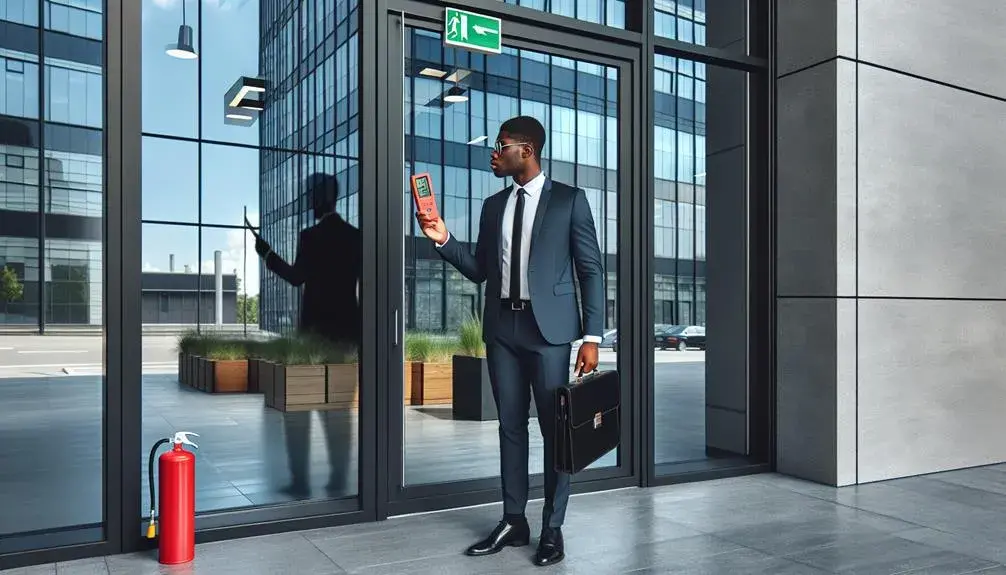
In the realm of commercial building management, the application of window tinting solutions presents a unique set of challenges and opportunities. On one hand, the benefits of tinting include energy conservation, glare reduction, and the enhancement of building aesthetics.
On the other hand, prudent stakeholders must also navigate intricate regulatory landscapes and safety considerations inherent in the selection and application of these solutions. This delicate balance between realizing the advantages of tinting, while ensuring compliance with applicable standards and safety measures, creates a compelling discourse for building owners, managers, and industry professionals.
As this exploration unfolds, it becomes clear that the subject demands a deeper understanding and thoughtful discussion.
Understanding Commercial Tinting Regulations
Frequently, commercial tinting regulations can vary significantly across different jurisdictions, requiring a thorough understanding to ensure full compliance with local laws and guidelines. This may involve familiarizing oneself with specific tint percentages, reflective properties, and color restrictions, which can differ from one region to the next.
Additionally, businesses should be aware of any safety standards that govern the use of commercial tinting solutions to prevent potential hazards. Non-compliance could result in penalties, not to mention the adverse impacts on a company’s reputation.
Therefore, it is essential to consult with knowledgeable professionals in the field, who can guide businesses in adhering to these regulations, ensuring both the safety of their premises and their standing in the community.
Implementing Safety Measures in Tinting
To ensure a company’s protection and compliance, the implementation of safety measures in commercial tinting processes is a critical consideration and requires a strategic approach. This involves adhering to industry standards, using high-quality materials, and regular equipment maintenance.
- Adherence to Industry Standards: Compliance with local, state, and federal regulations is non-negotiable. This includes safety guidelines, environmental regulations, and labor laws.
- Use of High-Quality Materials: The use of top-grade tinting films and adhesives reduces risks associated with poor-quality products, such as premature peeling, bubbling, or color fading that can compromise safety and visibility.
- Regular Equipment Maintenance: Regular checks and maintenance of tinting equipment ensure smooth operation, preventing accidents and ensuring the delivery of top-notch services.
These steps help build a safe, compliant, and inclusive work environment, fostering a sense of belonging among employees.